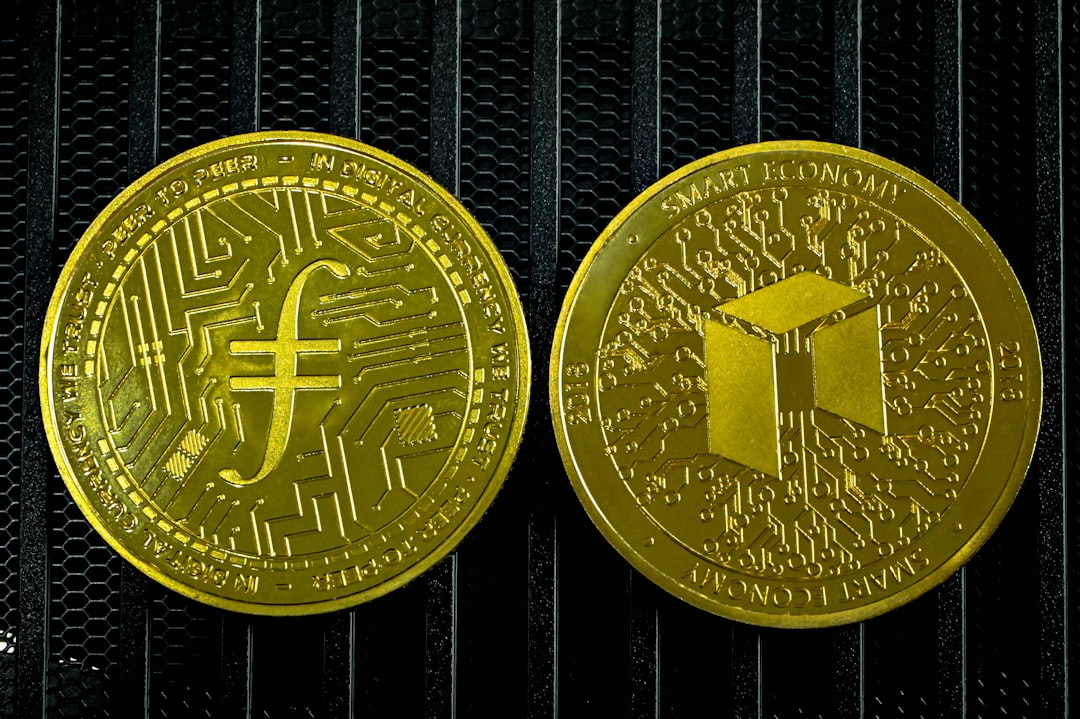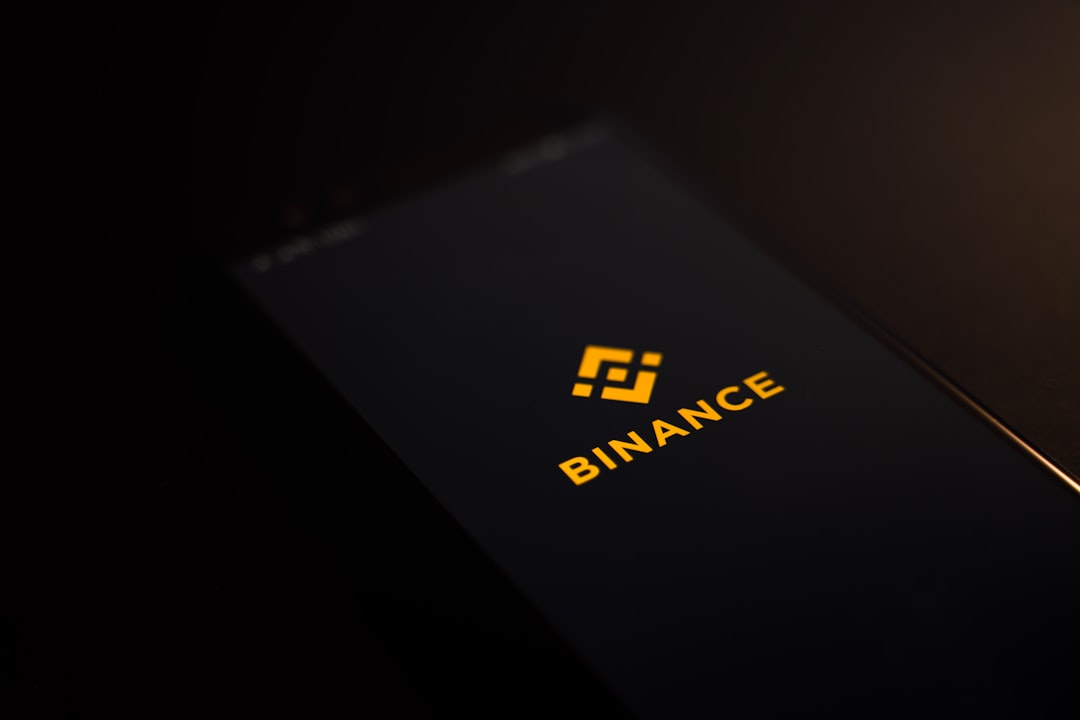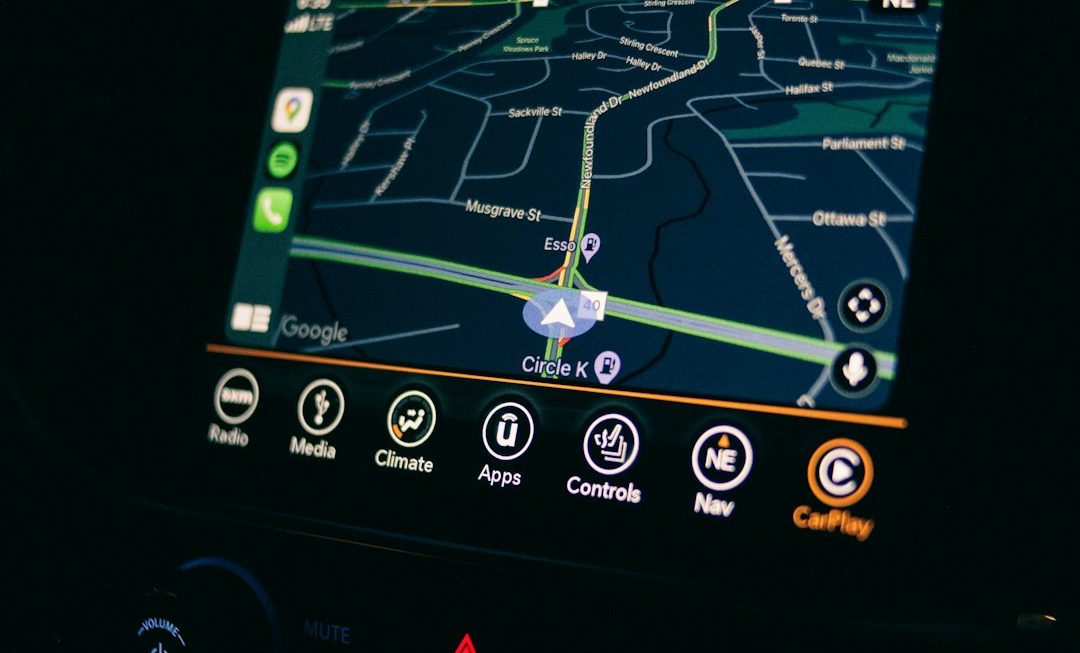As the world of cryptocurrency gains popularity, integrating crypto wallets into websites has become more than just a trend — it’s now an essential feature for many online platforms, especially those that facilitate digital transactions. If you’re running a WordPress site and are curious about enabling crypto payments or tracking crypto assets, setting up a crypto wallet on your WordPress site is a smart move. Below is a step-by-step guide to help you understand how to set this up, even if you’re not a tech expert.
What is a Crypto Wallet?
A crypto wallet is a digital application that allows users to store and manage their cryptocurrency assets securely. Wallets can be either custodial (managed by a third-party service) or non-custodial (where you own the keys and take full responsibility for security).
Why Add a Crypto Wallet to Your WordPress Site?
Whether you’re running an e-commerce store, a donation page for a nonprofit, or a personal blog, integrating a crypto wallet opens the door to accepting Bitcoin, Ethereum, and other digital currencies. This embraces a new audience of crypto-savvy users while offering low transaction fees and fast payments. It also aligns your platform with the future of finance.

Step-by-Step Guide to Setting Up a Crypto Wallet on WordPress
1. Choose the Right Wallet Type
Before diving into plugins and codes, decide what kind of wallet suits your needs. Here are some options:
- Hot Wallets: Connected to the internet; better for frequent transactions.
- Cold Wallets: Offline and more secure; suitable for long-term holdups.
- Hosted Wallets: Managed by third-party providers like Coinbase or Binance.
- Decentralized Wallets: You control your keys; ideal for the privacy-conscious.
For WordPress integration, hot wallets or hosted wallets are more common due to their ease of use and seamless plug-in support.
2. Install a Cryptocurrency Payment Plugin
WordPress offers several plugins for integrating crypto wallets and payment gateways. Some of the most popular include:
- NOWPayments: Accepts over 100 cryptocurrencies and supports automatic conversion.
- CoinGate: Facilitates payment processing with Bitcoin, Litecoin, and more.
- MyCryptoCheckout: Direct-to-wallet crypto payments with no middleman.
- Blockonomics: A plugin that allows for direct Bitcoin payments to your crypto wallet.
To install a plugin:
- Go to your WordPress dashboard.
- Navigate to Plugins > Add New.
- Search for your preferred plugin (e.g., “NOWPayments”).
- Click Install and then Activate.
Once activated, follow the plugin’s configuration instructions to connect it to your crypto wallet or API key.

3. Configure Wallet Settings
Depending on the plugin, you may need to:
- Enter your wallet address for receiving payments.
- Set accepted cryptocurrencies (e.g., BTC, ETH, DOGE).
- Configure webhooks or API keys (if needed).
Make sure to double-check all settings and conduct a test transaction before going live. This ensures both the plugin and the wallet accept payments as expected.
4. Display the Wallet or Button
Most plugins will provide a shortcode or widget that lets you display wallet addresses or payment buttons on pages, posts, or sidebars. Here’s a basic example of how you might use a shortcode:
[crypto_payment_button currency="BTC" amount="0.01"]
This shortcode would generate a button that accepts 0.01 BTC. You could also use a QR code for easier mobile payments.
5. Ensure Security Measures Are In Place
Don’t overlook the security aspect. Here are a few extra precautions:
- Use an SSL certificate to secure data transmissions.
- Ensure your plugin is regularly updated and well-reviewed.
- Install a WordPress security plugin for added protection.
- Backup your wallet keys and recovery phrases in a secure location.
Crypto transactions are irreversible, so a small mistake can cause major losses. Caution is always crucial.
The Future of Crypto and WordPress
As crypto adoption continues to rise, having a wallet on your site isn’t just a novelty — it’s part of becoming a future-ready platform. Whether you’re accepting donations in Bitcoin or offering NFTs for sale, WordPress makes it surprisingly accessible to integrate blockchain capabilities without learning complex code.
With just a few plugins and a bit of configuration, you can turn your WordPress site into a crypto-friendly ecosystem in no time. The possibilities are wide open and evolving rapidly, so start now and stay ahead of the curve.





